The lunge is one of the most fundamental and dynamic movements in the sport of fencing. It serves as the primary attacking technique, allowing fencers to close the distance between themselves and their opponents with speed and precision. Unlike other sports where lunges are used for conditioning or balance, in fencing, the lunge is a calculated offensive maneuver designed to score points while maintaining defensive readiness. Mastering this technique requires not only physical agility but also an acute understanding of timing and distance.
The Mechanics of a Proper Fencing Lunge
A well-executed lunge begins with the fencer in the en garde position, knees bent, and weight evenly distributed. The front foot points toward the opponent, while the back foot remains perpendicular, providing stability. The movement is initiated by extending the front leg while simultaneously pushing off the back foot. The arm holding the weapon extends fully, aiming for the target area. The back leg remains straight but not locked, acting as a counterbalance. The key to an effective lunge lies in the coordination of these movements—any hesitation or misalignment can result in a missed attack or a vulnerable defensive position.
Timing is everything in fencing, and the lunge is no exception. A premature lunge may leave the fencer open to a counterattack, while a delayed one might miss the opportunity altogether. The best fencers use feints and footwork to set up their lunges, disguising their intentions until the last possible moment. This element of deception is what makes the lunge not just a physical action but a mental game as well.
The Role of the Lunge in Different Fencing Disciplines
While the basic mechanics of the lunge remain consistent across foil, épée, and sabre, its application varies depending on the weapon. In foil, the lunge is often used to target the torso, requiring precision and control. Épée fencers, who can score with hits anywhere on the body, may use deeper lunges to reach the opponent’s arm or leg. Sabreurs, on the other hand, incorporate the lunge into rapid, slashing attacks, often following it up with a quick recovery to prepare for the next action.
Each discipline also has its own rules regarding right-of-way, which influences how and when a lunge is employed. In foil and sabre, the fencer who initiates the attack has priority, making the lunge a critical tool for gaining the offensive advantage. Épée, with its absence of right-of-way rules, sees more defensive lunges used as counterattacks. Understanding these nuances is essential for fencers looking to excel in their chosen weapon.
Common Mistakes and How to Correct Them
One of the most frequent errors in executing a lunge is overextending the front leg, which can lead to loss of balance or strain on the knee. Another mistake is failing to fully extend the weapon arm, reducing the reach of the attack. Some fencers also tend to lean forward excessively, compromising their ability to recover quickly. These issues can be addressed through targeted drills and mindful practice, emphasizing proper form over speed or power.
Another overlooked aspect is the recovery—the return to the en garde position after the lunge. A slow or awkward recovery leaves the fencer exposed to counterattacks. Practicing the lunge in combination with retreating steps or parries can help build fluidity and confidence in both the attack and the follow-up defense.
The Evolution of the Lunge in Modern Fencing
Over the years, the fencing lunge has evolved alongside changes in equipment and rules. The introduction of lighter weapons and more flexible materials has allowed for faster, more explosive lunges. Meanwhile, advancements in training methods have led to a greater emphasis on strength and conditioning, enabling fencers to execute multiple lunges in quick succession without fatigue.
Today’s top competitors have refined the lunge into a highly efficient movement, often combining it with other techniques like the fleche or the ballestra. Yet, despite these innovations, the core principles of the lunge remain unchanged. It is still the cornerstone of fencing offense, a testament to the sport’s blend of tradition and modernity.
For aspiring fencers, the lunge is where the journey begins. It is the first offensive move they learn and the one they will continue to refine throughout their careers. Whether used as a standalone attack or part of a complex sequence, the lunge embodies the essence of fencing—speed, precision, and strategy all in one decisive motion.

By James Moore/May 8, 2025
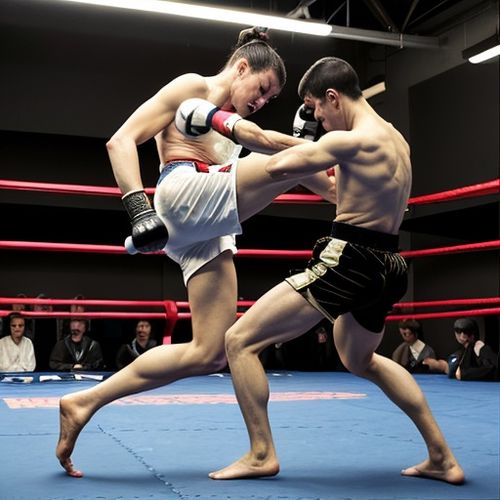
By Elizabeth Taylor/May 8, 2025
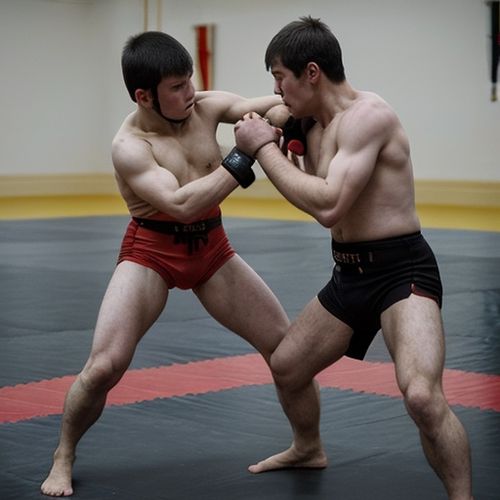
By Emily Johnson/May 8, 2025

By James Moore/May 8, 2025
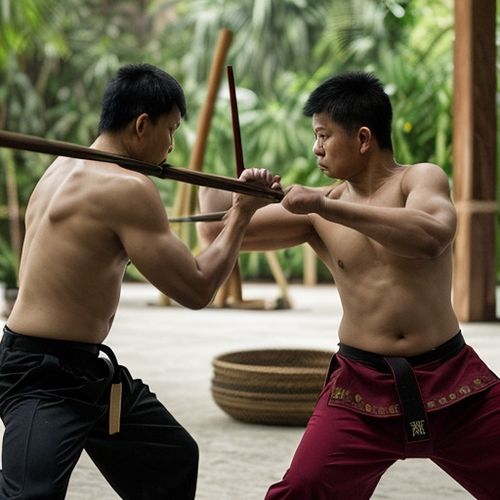
By Joshua Howard/May 8, 2025
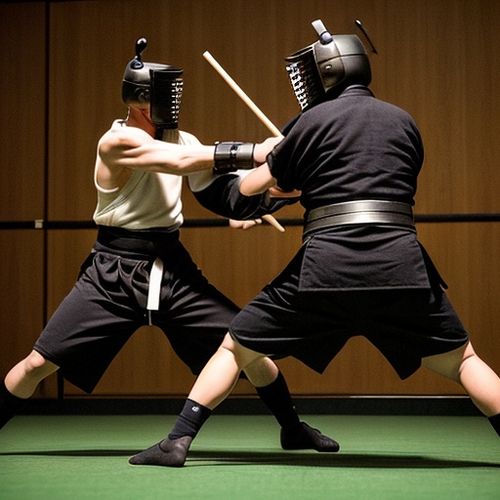
By Noah Bell/May 8, 2025
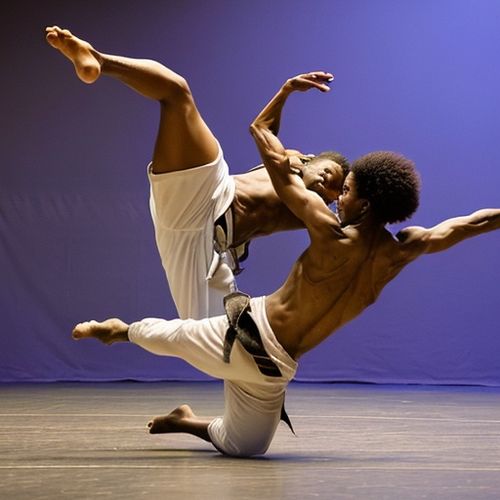
By Samuel Cooper/May 8, 2025
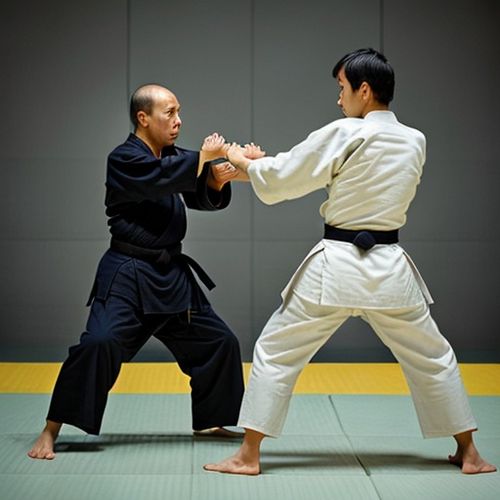
By Sophia Lewis/May 8, 2025
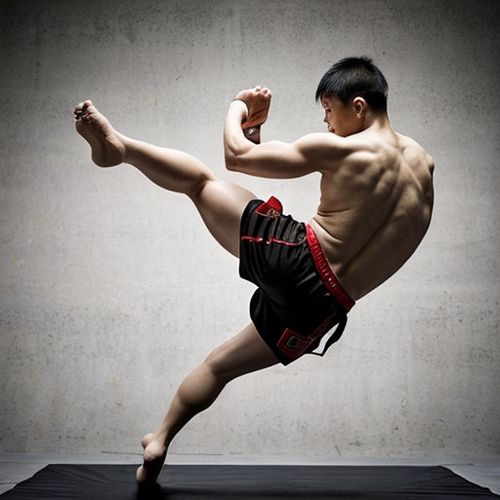
By Sophia Lewis/May 8, 2025
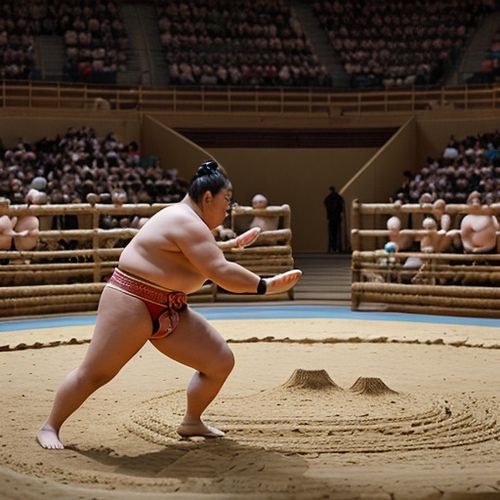
By Noah Bell/May 8, 2025

By Sophia Lewis/May 8, 2025
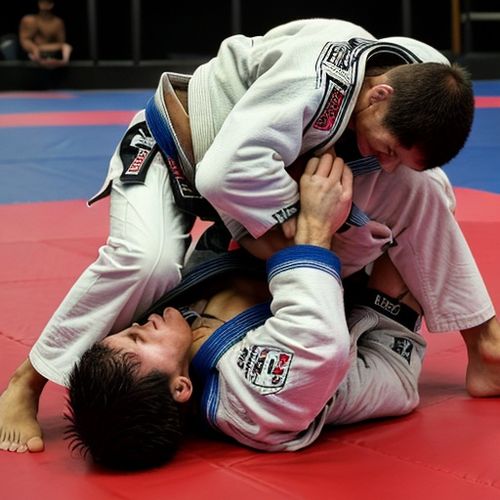
By Christopher Harris/May 8, 2025
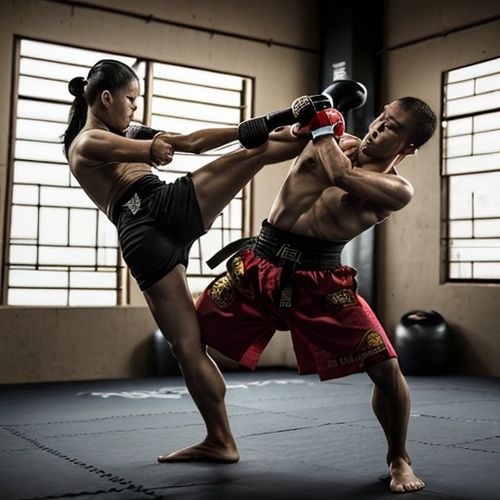
By Victoria Gonzalez/May 8, 2025
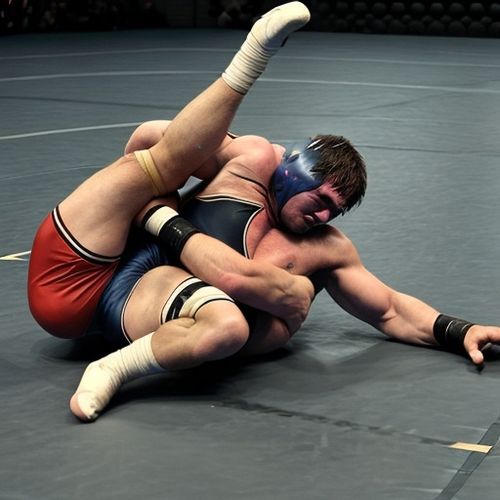
By Sarah Davis/May 8, 2025

By Joshua Howard/May 8, 2025
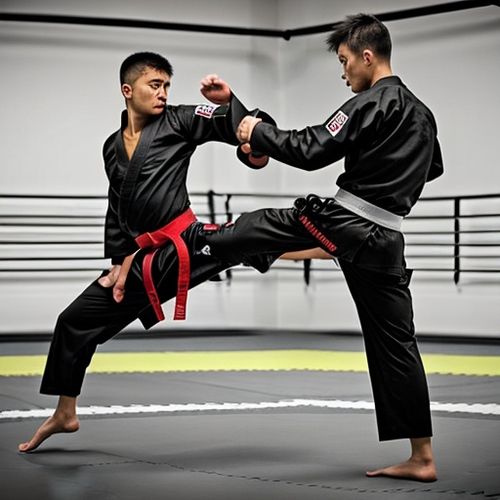
By Sarah Davis/May 8, 2025
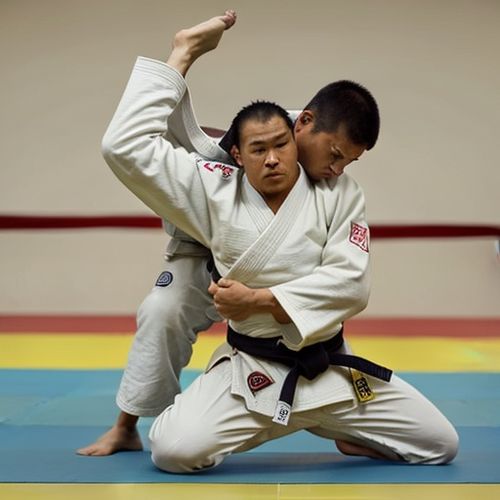
By Amanda Phillips/May 8, 2025
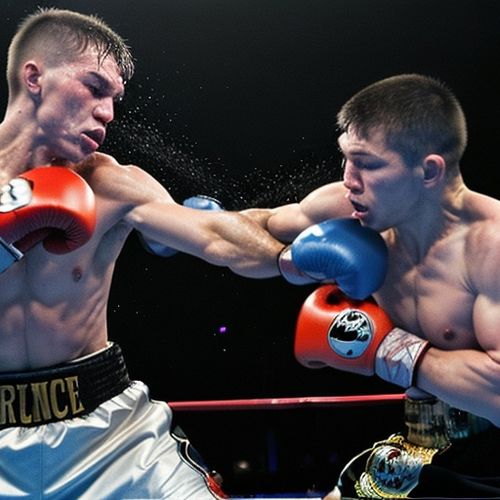
By Thomas Roberts/May 8, 2025

By Victoria Gonzalez/May 8, 2025

By Noah Bell/May 8, 2025